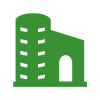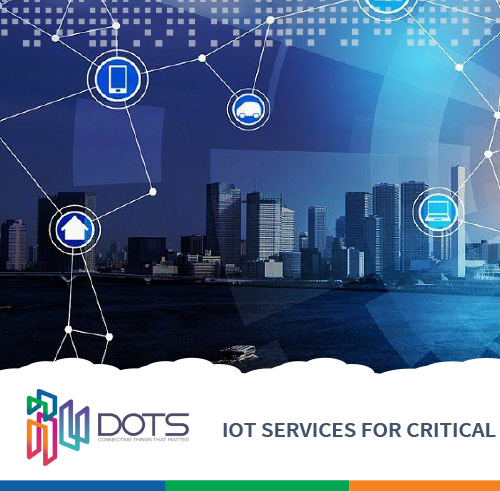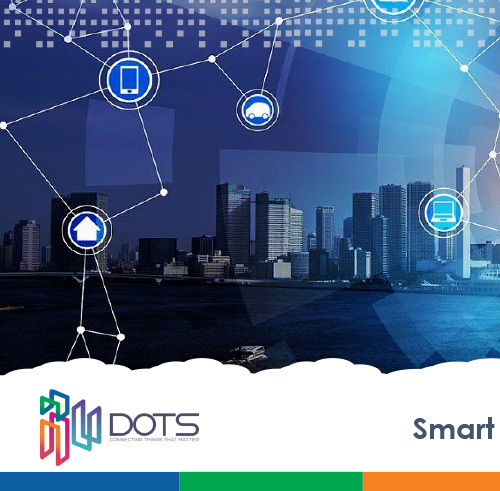
All buildings are eligible for inclusion in Managed Energy Services program. There are multiple access streams aimed at different sizes and types of building. Services are available for all the sectors and can deliver specific benefits for each vertical sector. Sector specific strategies are discussed for respective sector of the building.
Our offered Managed Energy Services can be integrated with Management Information Systems to deliver optimization and governance data to manage all the facilities equipment. This enables operating costs for facilities and services to be reduced through increased operational efficiencies and by ensuring that real-time data is available to the relevant decision makers. The benefits for the specific sectors are set out below.

Commercial Buildings
Any building that is occupied for only part of the time offers scope for reducing its energy consumption. Office buildings are a prime example. Rarely will the occupiers remember to turn off every light when they leave, and time clocks can only be set to turn off the HVAC system at times when it is certain that no-one will be there. Real time monitoring of the facility, adjusting temperature set-points according to time of day and season of the year, and the use of sensors such as movement detectors to control HVAC and lighting systems, will eliminate energy wastage and help the facilities team to control energy use even in widely dispersed networks of buildings

Healthcare and hospitality
In both the health and hospitality sectors, facilities are occupied 24x7.
In the healthcare sector, energy efficiency is often overlooked as a way of cutting costs because energy accounts for only around 2-5% of the annual budget, but hospitals typically consume two and a half times as much energy as normal commercial buildings. The air quality in the building affects the health of patients, staff and visitors. Using heating, ventilation and air-conditioning (HVAC) systems efficiently results in more comfortable and more productive spaces, better patient outcomes, shorter patient stays, reduced sick-days for healthcare professionals and lower costs. It also results in better scores for patient satisfaction, critical to a hospitals reputation.
Smaller healthcare facilities tend to have sporadic patterns of occupation. Our offered Managed Energy Services to monitor energy use pro-actively will improve comfort when the spaces are occupied and generate savings by reducing energy use when they are not.

Oil and gas
The oil and gas industry mostly has a robust monitoring and control systems in localized format for safety reasons. Our services can link these to building monitoring systems to optimise energy use and to manage alarms. The data mining techniques can be harnessed to manage predictive maintenance of critical facilities equipment in potentially hazardous locations. Office buildings and workspaces can be managed actively in real time to ensure that energy is not wasted in empty spaces or on over-cooling the building.

Education
Education buildings are mostly large in size and intermittent occupied facilities. Many universities have departments working on climate change and energy efficiency and wish to be seen as models of best practice in reducing GHG emissions. In addition, studies on Schools have shown that advanced, energy efficient, HVAC systems create cleaner, healthier indoor environments that lower student and staff absentee rates and improve teacher retention. This results in higher test scores and lower staff costs. Where there is a university or school automation system this can be linked to the energy management platform to ensure that the environment in lecture rooms, common rooms, labs and libraries is controlled based on their scheduled usage.

Data Centers
Data center energy use is expected to overtake that of the airline industry within a few years. This is despite the fact that chip and server manufacturers are managing to double the computing throughput per watt every year. The increase is due to the exponentially increasing demand for computing power, and the rise of cloud computing moving more of this into the data center. There is increasing pressure to improve data center efficiency but data centers host mission critical activities for their customers, and up-time is their most important performance indicator, which limits the scope for cutting back on cooling.
The power usage efficiency (PUE) rating of data centers is an important performance indicator. Our offered Managed Energy Services have a range of Data Center specific indices that helps to measure IT vs Non IT load studies and also identify gaps to improve overall energy performance and cost.

Retail
Retailers have large areas of brightly lit, comfortable, spaces that consume energy for long periods at peak tariffs. In earlier days any suggestion that energy could be saved by reducing lighting or changing thermostat set-points immediately raises the concern that customers might spend less time in the building, and less money on the goods on offer, if they do not feel comfortable or cannot see the merchandise clearly. However, cut-throat competition in the sector means that the retail industry needs to gain a cost advantage over their rivals in any way possible.
Tenants in shopping malls often have little incentive to reduce their energy use because their energy bills are such a small fraction of their costs and maximising sales is their main objective. If they are charged for their energy use using traditional meters, they can only be billed based on total consumption. By monitoring usage in real time, they can be billed based on peak and off-peak usage and power factor, passing on the structure of charges made by the utility company and giving them an incentive to reduce their energy load when it matters most.

Banks Facilities
Banks opening hours are unique and facilities are intermittently occupied mostly, in which energy usage is possible to be reduced. Finance companies operate some of the most highly mission critical data centres. These can have their reliability and efficiency improved as well as their energy consumption reduced by our offered services. Banking additionally can opt for critical assets monitoring services as some system within banks needs extremely high uptime management.

Utilities
Utilities businesses are based on networks and already make extensive use of monitoring equipment in widely dispersed locations. Adding an additional monitoring and data mining layer, which can integrate all the building information and manage energy use, extends their capabilities and reduces energy consumption. Our offered services can be used to create smart grids and introduce load balancing, turning off low priority equipment when demand is high.

Airlines and Logistics
Managing transportation facilities to meet the varying demands of passengers, check-in staff, baggage handling, cargo depots and office workers is a challenge. In addition, the number of people using the space varies greatly with time of day, day of the week and season of the year. To add to the complexity, security requirements can affect the ways in which the facilities are managed. Much of the power consumption of the terminal building can be reduced when there are few passengers. Systems such as heating ventilating and air conditioning (HVAC) and other facilities systems can be integrated to provide an opportunity for Big Data analytics. Sub metering is a wide scope of improvement with Airport Buildings as conventionally those are not in place or are non-integrated in nature. By knowing break up of energy consumption and analyzing energy consumption trends, significant energy savings can be achieved.



